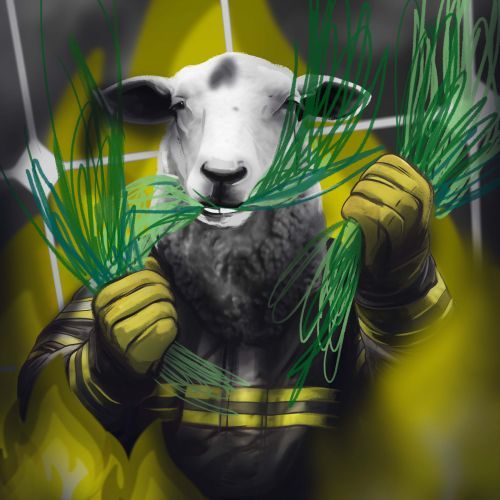The fashion industry in Africa and the ban on second-hand clothes import
According to the UNESCO report, the African fashion industry is developing dynamically enough to meet local and international demand, but its potential is limited by insufficient investment. Currently, annual exports are worth approximately USD 15.5 billion, and the income of the African fashion industry may triple over the next decade. Sales on the continent are also developing dynamically: “Africans want to wear Africa. It’s great to see it because it wasn’t always like this,” says Omoyemi Akerele, founder of Lagos Fashion Week.
Ugandan President Yoweri Museveni has introduced a ban on second-hand clothes imports. He assumed it comes from dead people because “when a white man dies, his clothes are collected and sent to Africa.” Although the ban has not yet entered into force, it is already causing concern and protests among traders as it threatens to terminate their activities. Authorities in other African countries are also trying to stop the import of used clothing, saying the business is like sending waste to Africa and harms the local clothing industry.
Kenyan President William Ruto has decided that all uniforms, shoes and other parts of military and police clothing will be produced exclusively in the country. That decision was positively received by the society, local companies, cotton producers and the clothing industry. Kenya currently depends on textile imports – over 90% of materials come from China, India, Pakistan, Tanzania and Turkey. The president’s decision should strengthen the Kenyan textile industry and positively impact the entire economy.























